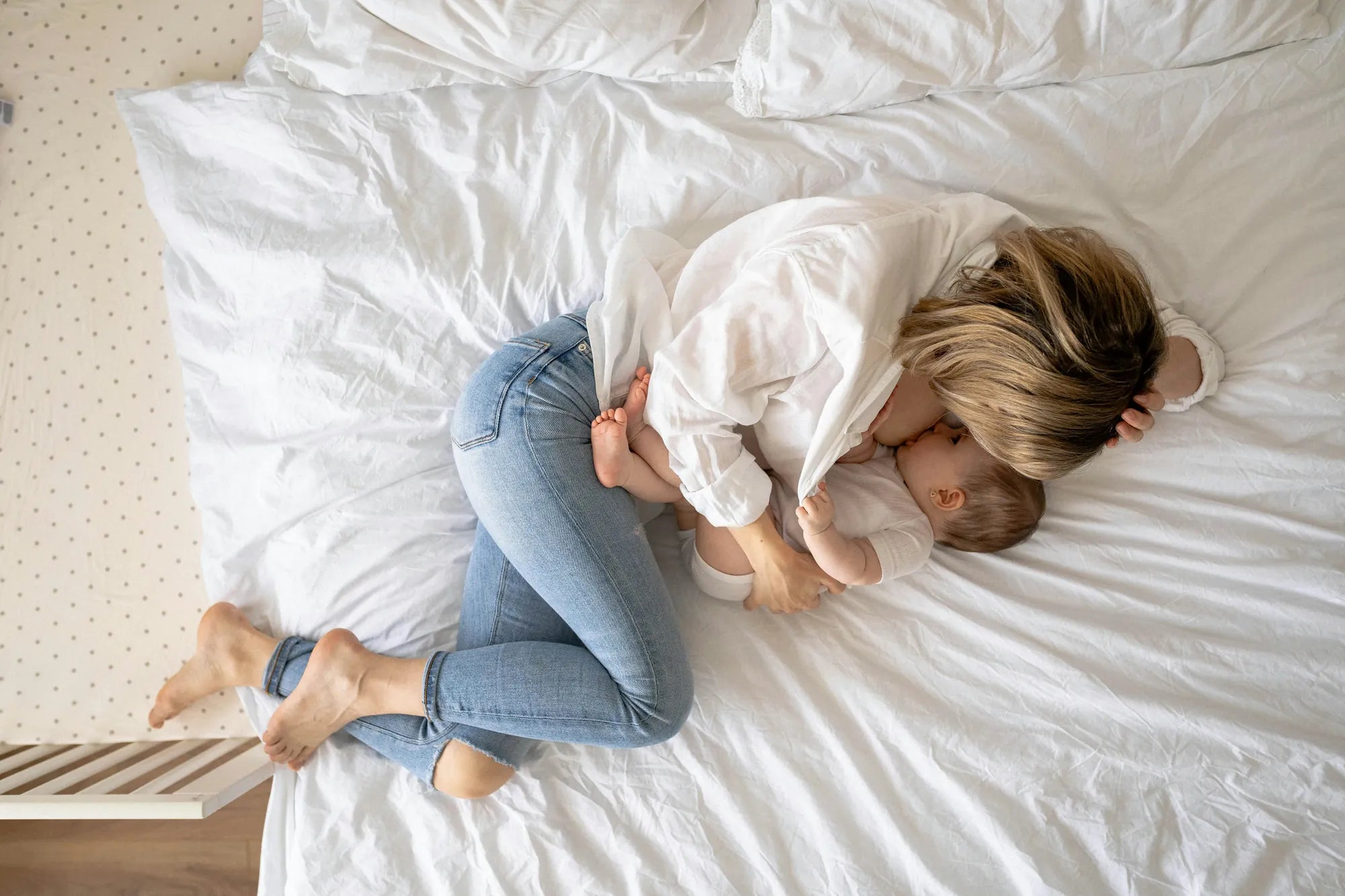Accueil
Pregnancy, Breastfeeding, and Pumping: The Ultimate Guide for Moms
How Often to Sterilise Breast Pump: A Comprehensive Guide

How Often to Sterilise Breast Pump: A Comprehensive Guide
When it comes to breastfeeding, ensuring the cleanliness of your breast pump is paramount. A sterilised breast pump not only safeguards your baby's health but also extends the life of your equipment. But how often should you sterilise your breast pump? This article delves into the best practices, expert recommendations, and practical tips to keep your breast pump in pristine condition.
Understanding the Importance of Sterilisation
Sterilising your breast pump is crucial for eliminating harmful bacteria and germs that can accumulate over time. These microorganisms can pose serious health risks to your baby, especially since their immune systems are still developing. Regular sterilisation ensures that your breast pump remains safe and hygienic for every use.
How Often Should You Sterilise Your Breast Pump?
The frequency of sterilisation depends on several factors, including how often you use the pump, your baby's age, and your specific circumstances. Here are some general guidelines:
- Daily Use: If you use your breast pump multiple times a day, it's advisable to sterilise it at least once a day. This routine helps maintain a high level of hygiene and prevents bacterial build-up.
- Occasional Use: For those who use the pump less frequently, sterilising it after each use is recommended. This ensures that the pump is clean and ready for the next session.
- Newborns and Premature Babies: If you have a newborn or a premature baby, extra caution is necessary. Sterilising the breast pump after every use is essential to protect their delicate immune systems.
Best Practices for Sterilising Your Breast Pump
To ensure effective sterilisation, follow these best practices:
- Disassemble the Pump: Before sterilising, take apart all the components of the breast pump. This includes bottles, valves, membranes, and any other detachable parts.
- Clean Thoroughly: Wash all parts with warm, soapy water. Use a brush to scrub hard-to-reach areas and rinse thoroughly to remove any soap residue.
- Choose a Sterilisation Method: There are several methods to sterilise a breast pump, including boiling, steam sterilising, and using sterilising solutions. Choose the method that best suits your needs and follow the manufacturer's instructions.
- Air Dry: After sterilising, allow the parts to air dry on a clean, dry towel. Avoid using a cloth to dry them, as this can introduce bacteria.
- Store Properly: Once dry, store the sterilised parts in a clean, covered container to prevent contamination.
Common Mistakes to Avoid
While sterilising your breast pump, be mindful of these common mistakes:
- Incomplete Disassembly: Failing to disassemble all parts can leave some areas unsterilised, harbouring bacteria.
- Using Harsh Chemicals: Avoid using harsh chemicals or abrasive cleaners that can damage the pump components or leave harmful residues.
- Skipping the Cleaning Step: Sterilisation is not a substitute for cleaning. Always wash the parts thoroughly before sterilising.
- Improper Storage: Storing sterilised parts in a dirty or damp environment can lead to recontamination.
Additional Tips for Maintaining Breast Pump Hygiene
Beyond regular sterilisation, here are some additional tips to keep your breast pump clean and functional:
- Replace Parts Regularly: Over time, parts like valves and membranes can wear out and become less effective. Replace them as recommended by the manufacturer.
- Monitor for Wear and Tear: Regularly inspect your breast pump for any signs of damage or wear. Damaged parts can harbour bacteria and may need to be replaced.
- Keep a Cleaning Schedule: Establish a routine for cleaning and sterilising your breast pump to ensure consistency.
- Educate Yourself: Stay informed about the latest guidelines and recommendations for breast pump hygiene.
Expert Recommendations
Healthcare professionals emphasise the importance of maintaining a clean breast pump. According to experts, sterilising your breast pump regularly is a key step in preventing infections and ensuring your baby's safety. They also recommend consulting with a lactation consultant or healthcare provider for personalised advice based on your specific needs.
Maintaining a clean and sterilised breast pump is essential for your baby's health and your peace of mind. By following the guidelines and best practices outlined in this article, you can ensure that your breast pump remains a safe and reliable tool in your breastfeeding journey. Remember, a little effort in maintaining hygiene can go a long way in safeguarding your baby's well-being.
Partager

